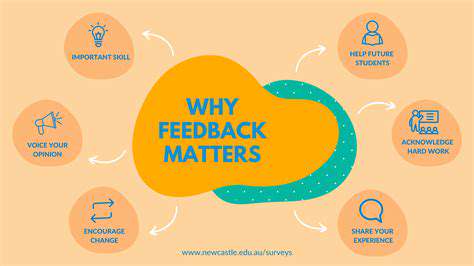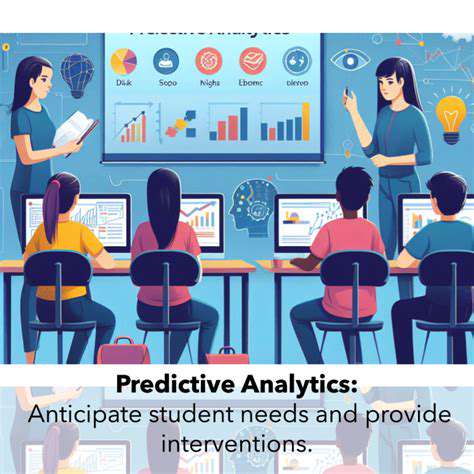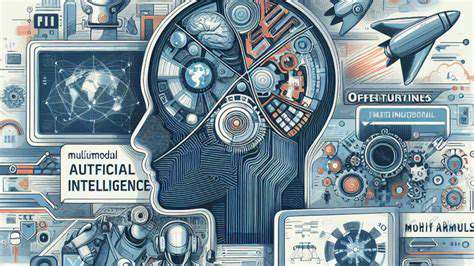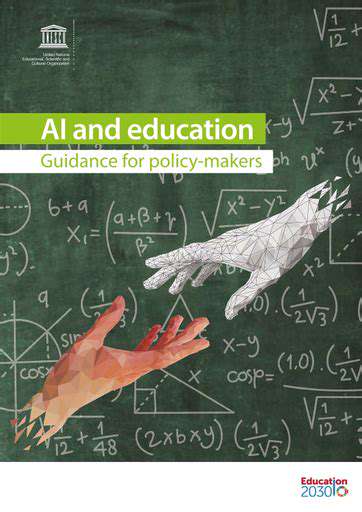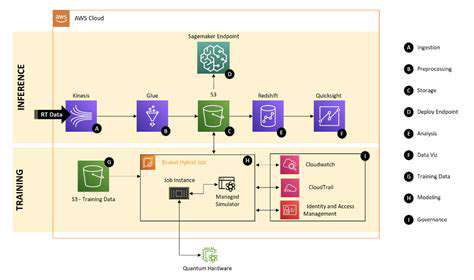
Evaluating and Implementing Data Augmentation
Understanding the Need for Data Augmentation
Data augmentation is a crucial technique in natural language processing (NLP) and machine learning, particularly when dealing with limited datasets. A significant challenge in training effective NLP models is the sheer volume of data required. Often, datasets for specific tasks, like sentiment analysis or text classification, might be insufficient to train models that generalize well to unseen data. Data augmentation addresses this limitation by artificially increasing the size of the dataset without collecting new, real-world examples.
By creating synthetic variations of existing data, augmentation helps models learn more robust representations of the underlying patterns and improve their ability to handle variations in language, style, and context, ultimately leading to more accurate and reliable predictions.
Types of Data Augmentation Techniques
Various techniques exist for augmenting text data. A common approach involves synonym replacement, where words in a sentence are replaced with their synonyms to generate new examples. This helps the model understand the semantic meaning behind words and not just rely on specific word choices. Another technique is back-translation, where a sentence is translated into another language and then back to the original, creating a new, slightly altered version. This method is particularly useful for tasks that require understanding the nuances of language.
Synonym Replacement: A Detailed Explanation
Synonym replacement involves identifying words in a sentence and replacing them with semantically similar words from a synonym dictionary. This process can significantly expand the dataset by generating variations of existing sentences. However, care must be taken to ensure that the synonyms are appropriate and do not drastically alter the original meaning, which could lead to incorrect or misleading augmentation.
The effectiveness of synonym replacement depends heavily on the quality of the synonym dictionary used. Poorly chosen synonyms can lead to nonsensical or irrelevant sentences, ultimately hindering the model's learning process.
Back Translation: Expanding the Horizons of Data
Back-translation involves translating a sentence into another language and then translating it back to the original language. This process can introduce subtle variations in the wording and phrasing of the sentence, which can be beneficial for the model's ability to learn from different sentence structures and expressions. This method is especially helpful when dealing with languages with complex grammatical structures.
While effective, back-translation can introduce errors if the translation process is not accurate, which can negatively impact the quality of the augmented data. Careful consideration of the translation tools and their accuracy is essential.
Rotation and Random Insertion
Rotation and random insertion techniques involve shuffling words or inserting random words into sentences. This method is less focused on semantic similarity and more on creating slightly modified variations of existing sentences. These changes force the model to learn the importance of word order and context.
These methods, while less semantically focused than synonym replacement or back-translation, can still contribute positively to the model's ability to generalize to unseen data.
Data Augmentation and Model Performance
The incorporation of data augmentation techniques often leads to a noticeable improvement in the performance of NLP models, particularly when the original dataset is limited. By expanding the dataset with synthetic variations, models can learn more nuanced patterns and improve their ability to handle variations in language and context. This ultimately results in more accurate and reliable predictions.
Careful selection of augmentation techniques, combined with rigorous evaluation of model performance, is crucial to ensure that the augmented data truly enhances model learning.
Choosing the Right Augmentation Strategy
The optimal strategy for data augmentation depends heavily on the specific NLP task and the characteristics of the dataset. There's no one-size-fits-all solution. Careful consideration of the strengths and weaknesses of different augmentation techniques is essential. Factors like the size of the dataset, the complexity of the language, and the specific requirements of the task should guide the choice of augmentation strategy.
Experimentation with different techniques and evaluation of the results are critical for finding the most effective approach for a given NLP problem.

